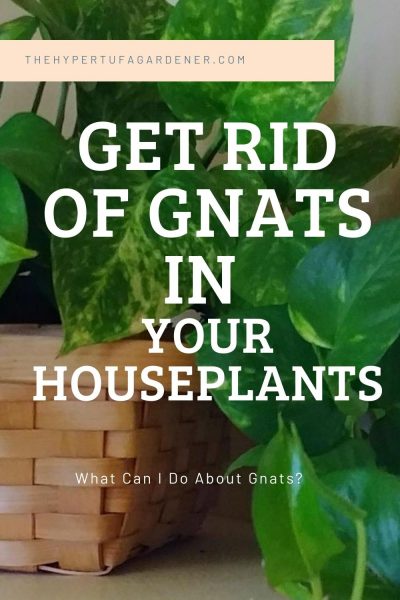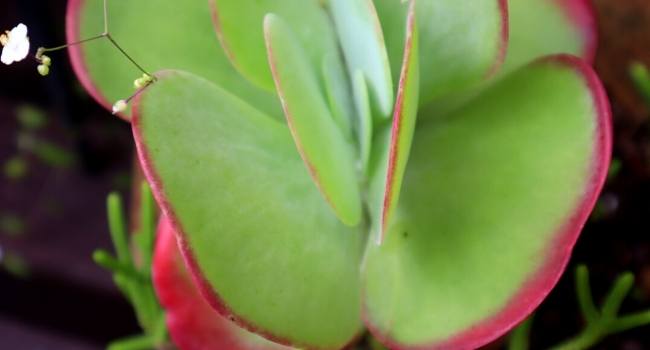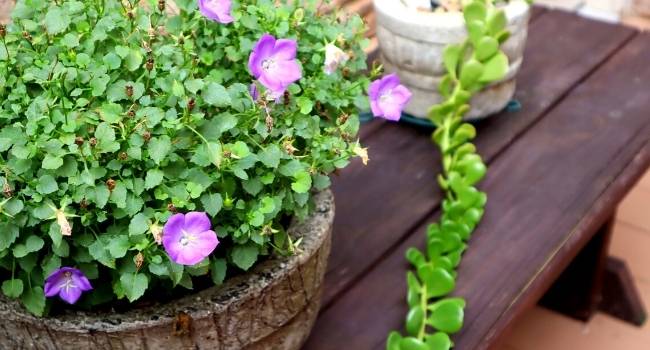8 Ways To Kill Fungus Gnats In My Houseplants
Along about this time of the year in Ohio, I start thinking about how to kill fungus gnats in these plants that I have summered outside. Which will be allowed to come back inside for the winter? Visions of swarming gnats come to mind and I start thinking about how to kill fungus gnats in my houseplants?” Here are 8 suggestions.

This year I am sticking with what I think helped the most for me last year. That would be a Systemic Insecticide that is put into the soil and drawn up through the roots of my plant. I am using the Bonide Systemic Granules which is a granular powder that you will put in the soil of your houseplant pots.
My post contains #affiliatelinks which earn money if you make a purchase. See my Privacy Policy if you have further questions.

As you will see in my video, I am readying my plants to bring inside by adding the required amount of Bonide Granules and mixing it into the soil prior to watering the plant and rinsing it well after a good inspection. Always be sure to inspect the houseplant to make sure no “critters” are coming inside by hiding under the leaves or in little crevices.
I like to spray them off with water too, both the plant and the container. Be sure to check the bottom of the pot as some critters like to crawl inside the drainage hole and set up housekeeping. Get them evicted!
Understanding the Life Cycle of the Gnat

What about indoor plants that STAYED indoors?
I am planning on the same treatment with the Bonide Systemic Insecticide indoors just the same as I am treating the outdoor plants as I bring them inside. As the instructions say on the container, it is necessary to repeat the application into the soil about every 6-8 weeks. It is another job to do.
But would you rather swat gnats out of your face? It is necessary to start early before the gnats get a firm hold in your houseplant soil.

8 treatments for Gnats In Houseplants

Well, that’s all I have for now. I hope that helps you to conquer your gnats this year. Just be sure to get started early so that when your plants do come inside, you will have a head start on keeping the gnats away.
Remember it is an on-going process. They won’t disappear overnight. It may take a month or more to lower the population. Please know that when you first bring the plants inside, gnats may take a while to show up, just be sure to use a least a few of these suggestions as preventive, and then go full bore if or when it becomes necessary.

Good luck. Let’s get ’em!


